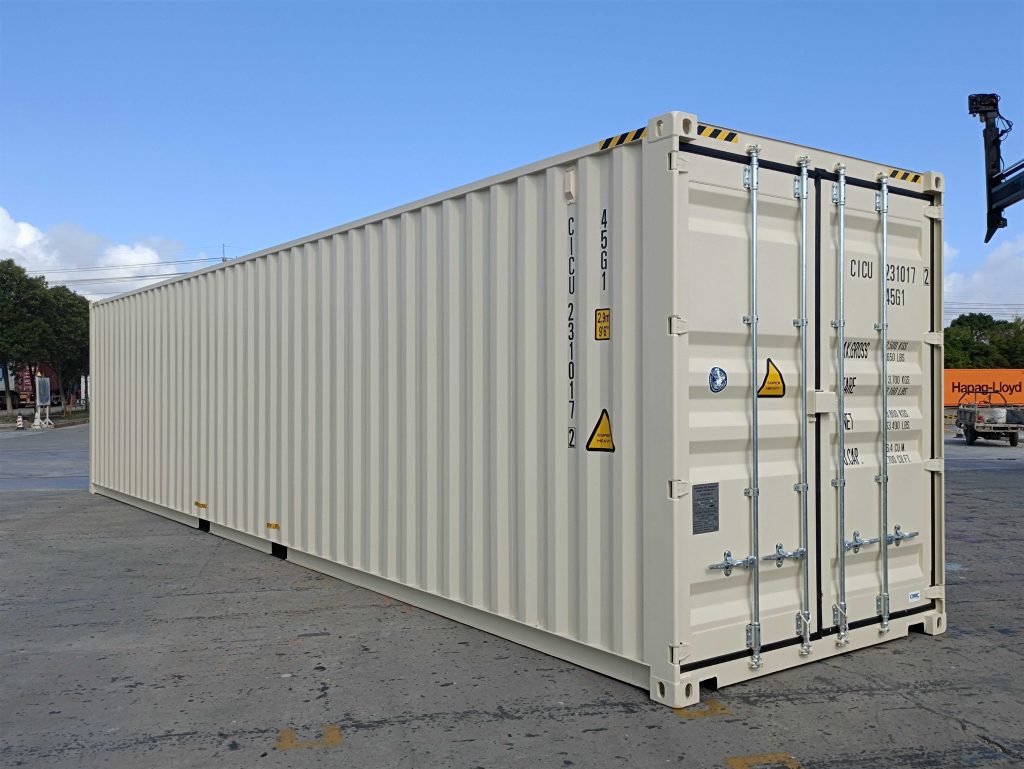The History Of 20 Feet Container Dimensions In 10 Milestones

Understanding 20 Feet Container Dimensions: A Comprehensive Guide
When it concerns international shipping, storage, and logistics, container dimensions play an important role in preparation and execution. Among the most typically utilized containers is the 20-foot shipping container. cogcontainersltd are favored for their versatility, cost-efficiency, and ease of transportation. However, understanding their exact dimensions is vital for a smooth shipping experience. This blog site post will delve into the dimensions of a 20-foot container, its specifications, advantages, and supply answers to often asked concerns to help traders, logistics organizers, and shipping enthusiasts alike.
Dimensions of a 20 Feet Container
The 20-foot container is often referred to as a TEU (Twenty-foot Equivalent Unit). Below is an in-depth introduction of its dimensions:
| Dimensions | Basic 20' Container | 20' High Cube Container |
|---|---|---|
| External Length | 20 ft (6.058 m) | 20 ft (6.058 m) |
| External Width | 8 ft (2.438 m) | 8 ft (2.438 m) |
| External Height | 8.5 ft (2.591 m) | 9.5 ft (2.896 m) |
| Internal Length | 19.4 ft (5.898 m) | 19.4 ft (5.898 m) |
| Internal Width | 7.7 ft (2.352 m) | 7.7 ft (2.352 m) |
| Internal Height | 7.9 ft (2.392 m) | 8.9 ft (2.698 m) |
| Maximum Gross Weight | 24,000 pounds (10,886 kg) | 24,000 pounds (10,886 kg) |
| Tare Weight | 2,300 lbs (1,043 kg) | 2,300 pounds (1,043 kg) |
| Payload Capacity | 21,700 lbs (9,834 kg) | 21,700 pounds (9,834 kg) |
Key Takeaways
- External Dimensions: The external length of both basic and high cube containers is identical, however the high cube offers additional height.
- Internal Height Variance: The main distinction between a standard container and a high cube container depends on their height. The extra foot in height offers more space, making it especially useful for taller cargo.
- Maximum Payload: Both types have the very same payload capacity, generally ranging around 21,700 pounds (9,834 kg), permitting considerable cargo.
Advantages of 20 Feet Containers
- Versatility: Suitable for different cargo types, including basic product, devices, and personal effects.
- Cost-Effective: With a moderate size, 20-foot containers tend to be less costly to deliver than larger containers like 40-foot containers.
- Reduce of Handling: Their size makes them easier to handle, stack, and transport, particularly in metropolitan environments with restricted space.
- Accessibility: 20-foot containers are among the most frequently offered, allowing for simple gain access to and a vast array of shipping alternatives.
Use Cases
- International Shipping: Ideal for moving items over oceans.
- Storage Solutions: Frequently used for safe and secure on-site storage.
- Construction and Mobile Offices: Can be transformed into site offices or temporary living quarters.
- Event Planning: Used for storage of equipment, materials, and shows during events.
Often Asked Questions (FAQ)
1. What is the Difference Between a Standard and High Cube Container?
The primary distinction is the height; high cube containers are typically one foot taller than standard containers, offering extra interior space.
2. What Can Fit into a 20 Feet Container?
A 20-foot container can generally hold about 10-11 basic pallets, appropriate for basic cargo, personal items, or bulky items.
3. What is the Maximum Weight Limit for a 20-foot Container?
The maximum gross weight limit for both standard and high cube 20-foot containers is generally around 24,000 lbs (10,886 kg).
4. Can a 20-foot Container Be Used for Refrigerated Shipping?
Yes, there are cooled variants of the basic 20-foot container utilized for transferring disposable goods.
5. How are 20-foot Containers Transported?
These containers can be moved via ships, trucks, or trains, typically utilizing specialized chassis equipped to hold containers firmly.
6. Are 20-foot Containers Secure?
Yes, shipping containers are made from high-tensile steel and are designed to be safe versus theft and weather condition, specifically when correctly locked.
Summary
Comprehending the dimensions and specs of 20-foot containers is vital for anybody associated with logistics, shipping, or storage services. Whether choosing between a standard and high cube model or planning a delivery, knowing the exact measurements can considerably affect the effectiveness and costs of shipping operations. With their flexibility and effectiveness, 20-foot containers will continue to play a fundamental role in worldwide trade and logistics for years to come.
In closing, as industries develop and the demand for efficient shipping options grows, a thorough understanding of container dimensions will allow stakeholders to make informed choices that improve their operations.

